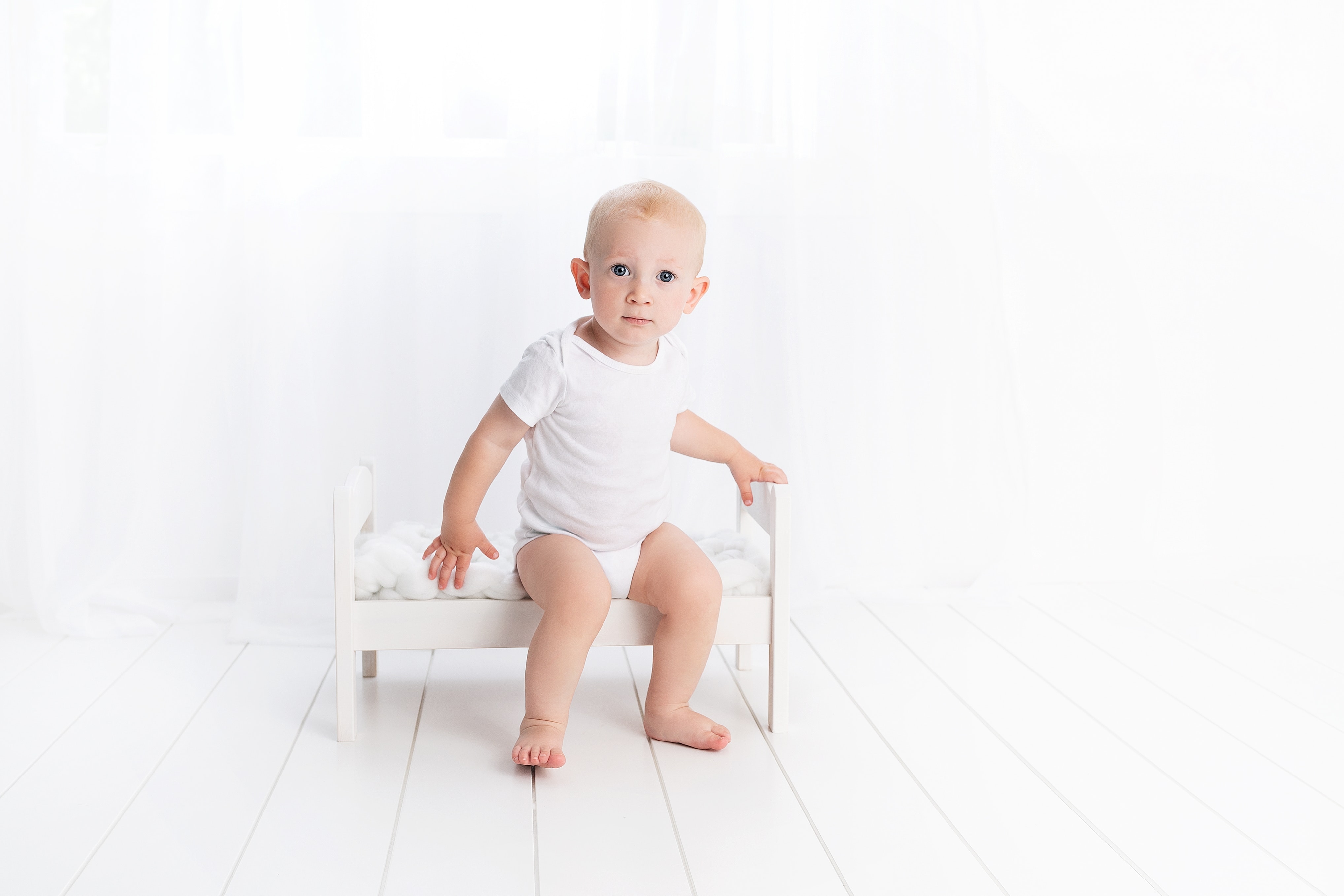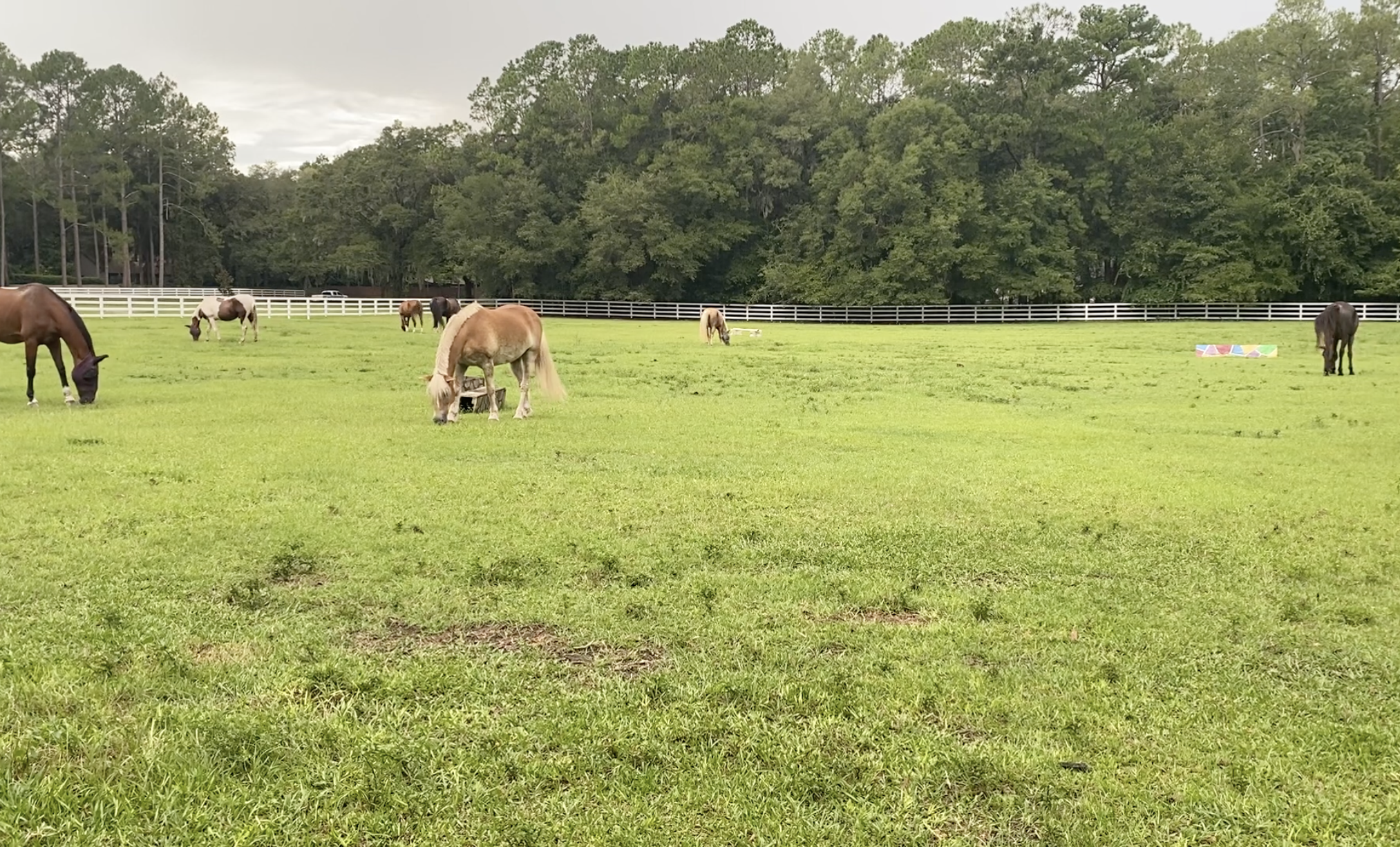Potty training is a milestone that can be both exciting and challenging for parents and children alike. It requires patience, consistency, and positive reinforcement. However, with the right approach, you can make the process enjoyable and successful for both you and your little one. In this article, we will explore 7 proven methods for painless potty training, ensuring that your child masters the art in no time!
- Choose the Right Time
Timing is crucial when it comes to potty training. It's essential to ensure that both you and your child are ready for the process. Look for signs of readiness in your child, such as being able to follow simple instructions, showing interest in the toilet, and demonstrating a predictable bowel movement pattern. Additionally, avoid starting potty training during times of major change or stress, such as a new sibling's arrival or a family move.
- Make Potty Training Fun and Engaging
To help your child feel motivated and excited about potty training, make the process fun and engaging. Personalize their potty with stickers or their favorite characters, and let them choose their own "big kid" underwear. Create a positive and relaxed atmosphere by reading books or singing songs about potty training, and praise their efforts throughout the process.
- Create a Potty Training Schedule
Consistency is key to successful potty training. Establish a regular schedule for your child to follow, with set times for sitting on the potty throughout the day. You may want to start with short intervals, such as every 30 minutes, and gradually increase the time between potty breaks as your child becomes more comfortable and confident.
- Use Positive Reinforcement
Positive reinforcement is a powerful tool in potty training. Reward your child's successes with praise, hugs, and small treats or stickers. Make a big deal out of their accomplishments to boost their confidence and motivation. However, remember to remain patient and understanding when accidents happen, as they are a normal part of the learning process.
- Gradual Transition to Regular Underwear
When your child starts showing progress and consistency in using the potty, you can begin the transition from diapers to regular underwear. Start by having them wear underwear during the day, while still using diapers or pull-ups during naps and nighttime. As your child becomes more confident and successful, you can eventually phase out the use of diapers completely.
- Address Fears and Setbacks
It's common for children to experience fears or setbacks during potty training. Address any concerns your child may have, such as fear of the toilet flushing or discomfort with the sensation of bowel movements. Encourage open communication and reassure them that these feelings are normal. If your child experiences a setback, be patient and supportive, and reinforce the skills they've already learned.
- Be Prepared for Accidents
Accidents are a natural part of the potty training process. It's important to be prepared and stay calm when they happen. Keep a change of clothes and cleaning supplies on hand for quick clean-ups, and reassure your child that accidents are normal and part of the learning process. Be patient and understanding, and avoid scolding or punishing your child for accidents.
In conclusion, potty training can be a challenging but rewarding experience for both parents and children. By choosing the right time, making the process fun and engaging, creating a consistent schedule, using









